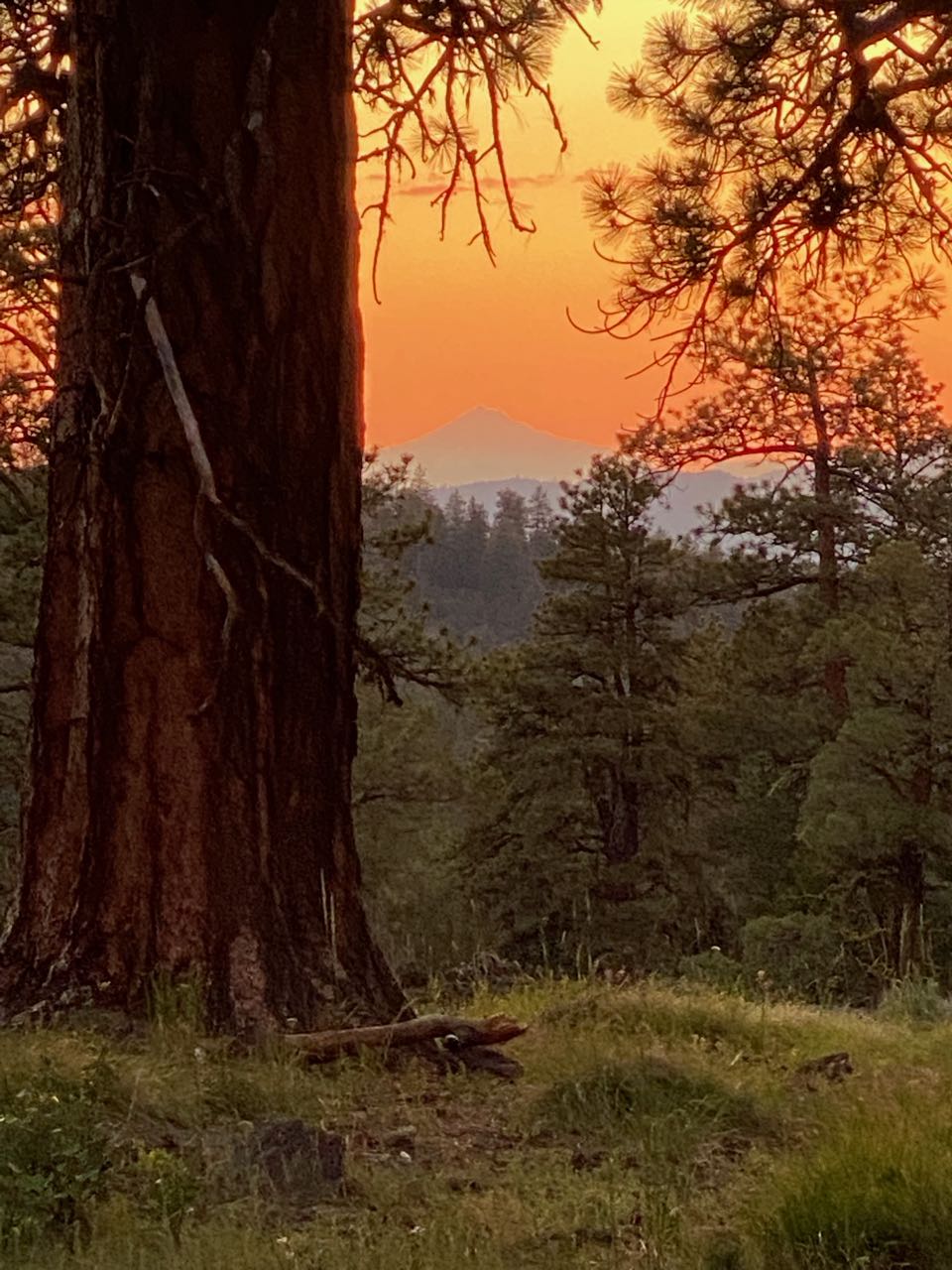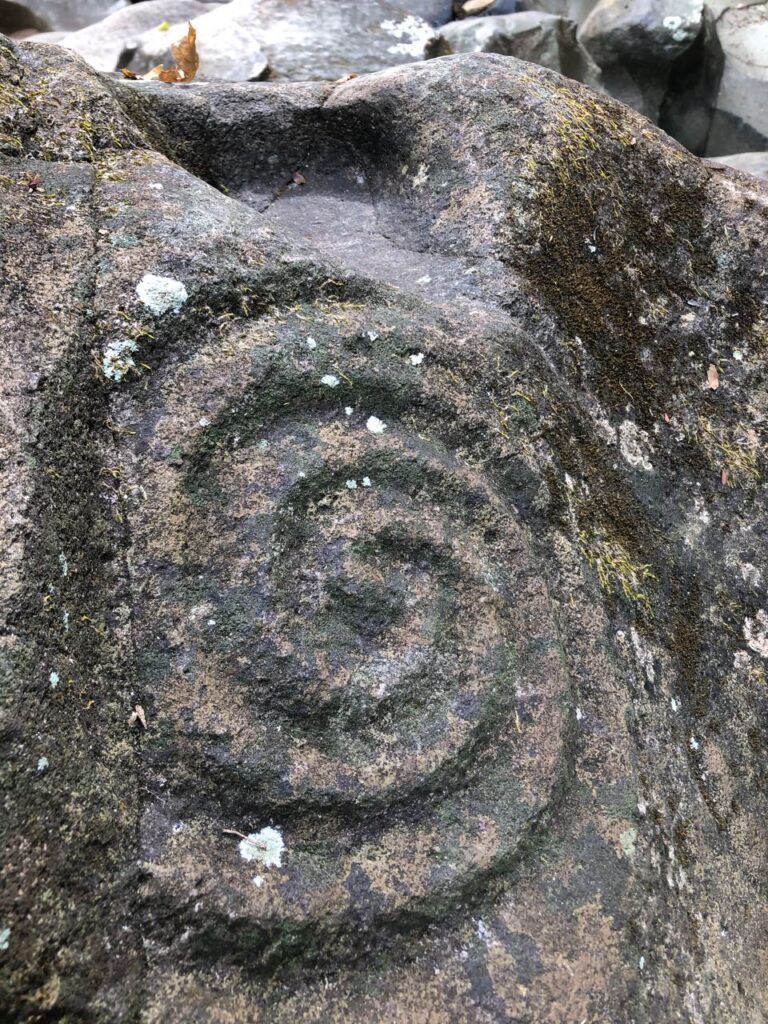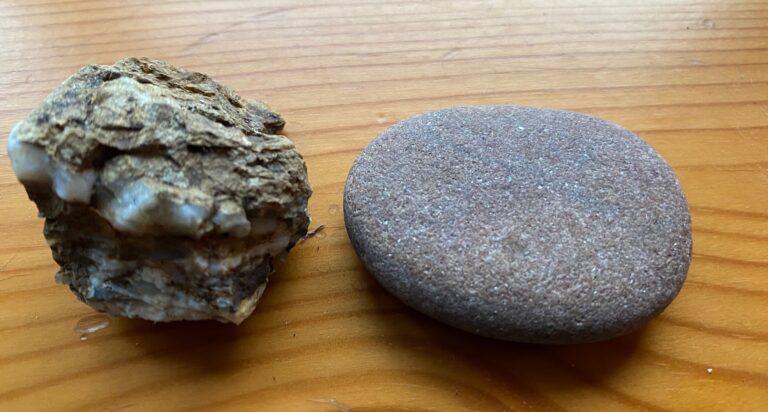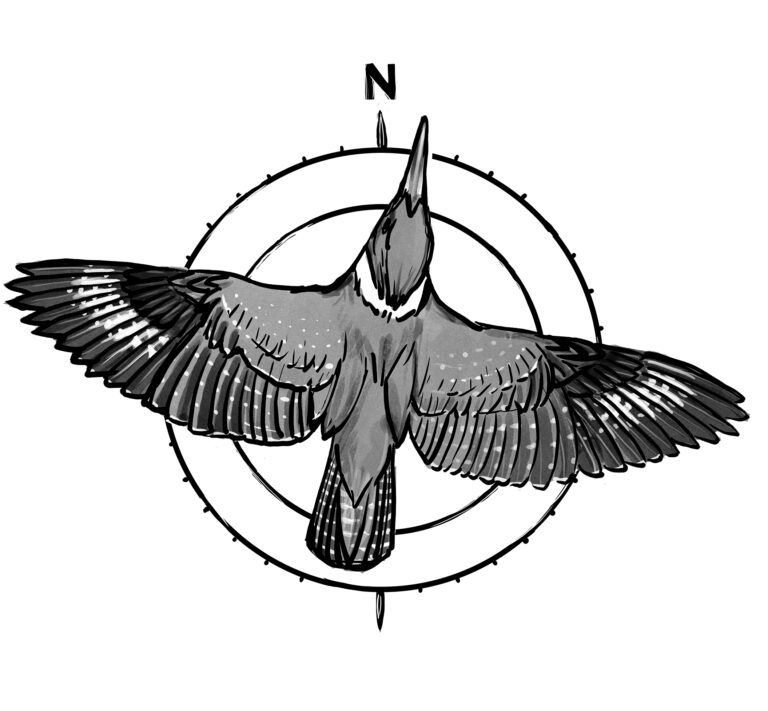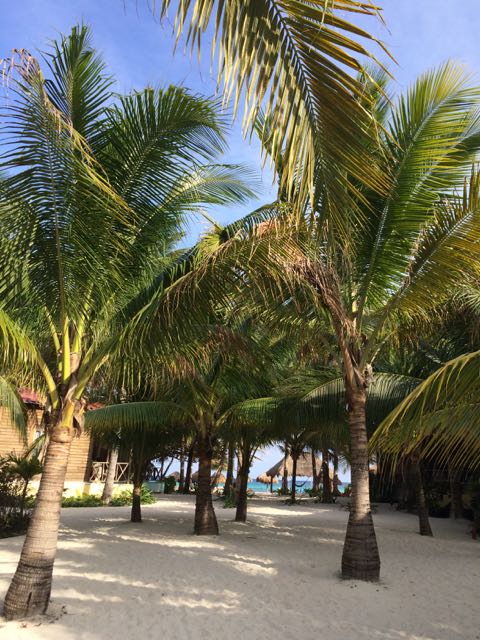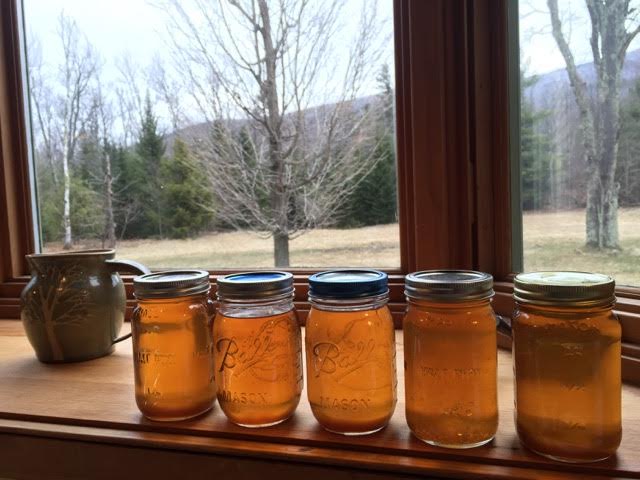Save the Heart of Wild America
“A road is a dagger placed in the heart of a wilderness” – William O. Douglas, Supreme Court Justice from 1939 to 1975.
COMMENT DEADLINE IS FRIDAY, SEPTEMBER 19TH. CLICK HERE TO ADD YOURS TO THE FEDERAL REGISTER.
Where the roads end, wildness begins. The clock is ticking for all who care about the fate of 58.5 million acres of roadless areas across our national forests, including two million acres in Oregon. These roadless wilds are de facto Wilderness, except they are missing the big “W” that permanently protects them under the 1964 Wilderness Act. That’s why the Trump administration is taking a dagger to the heart of roadless areas as part of their plan to road, mine, log, and desecrate our precious public lands.
There’s no concern for protecting drinking water, endangered species, carbon-storing ancient forests, wildlife corridors, critical climate refugia, and beloved destinations for hiking, camping, birding, fishing, hunting, and finding solitude, dark skies, and spiritual solace.
We have to flood the US Forest Service with comments in a deliberately shortened comment period of 21 days, ending on September 19th. TAKE ACTION NOW– Link to comment page. Make your voice loud and clear–NO to rescinding the Roadless Rule of 2001. YES to protecting every roadless area left and permanently. YES to passage of the Roadless Area Conservation Act of 2025.
Don’t stop there. Copy your comments and send them to your legislators. Write letters to the editor (here’s my letter in The Oregonian for an example). Contact reporters. Take them into the wilds you care about. Share with friends on social media. Write your own posts. Find influencers to carry our message. Show up at protests with signs. Donate to grassroots environmental groups and environmental law firms standing up for the wilds.

This isn’t the time to hide our favorite backcountry spots, or we will lose them forever to the morass of roads that add up to more than 380,000 miles on national forests and grasslands–eight times more than the US Interstate highway system. The Trump Administration wants to road everything they possibly can, adding far more danger from wildfires–even as they claim roads and logging will lessen wildfire risk.
About 90 percent of all wildfires are started by humans, and 95 percent of those happen within a half-mile of a road. Fewer than 3 percent of wildfires start in wildlands. (See this report). Forest Service figures support the same conclusions. Human-ignited wildfires are five times more likely to start in roaded areas. To throw out the Roadless Rule that for twenty years has protected the wild heart of America is reckless.

When you write your comment, be specific if you can. Name and share the roadless areas you love and the stories that happened there–wedding proposals, a child’s first trout, meteors in a dark sky, memorable sightings of wildlife, unforgettable views, the biggest trees you’ve ever seen…

I’d also encourage you to sign up for the Wednesday, September 10th Oregon Wild webinar: Defending Roadless Wildlands: Oregon’s Wild Heart. To locate roadless areas in Oregon, I highly recommend Chandra Le Gue’s Oregon’s Ancient Forests, a Hiking Guide.
For those outside of Oregon, look to your grassroots wilderness and environmental groups speaking up for roadless wilds. There are webinars, events, and activism happening on a major scale. Tomorrow’s national Labor Day protests are a chance to stand up for the wilds, too. Will we log and ruin America’s public lands so the billionaires can get rich and the workers suffer? No.
To find roadless areas across the country, see this interactive map. It’s a great tool. When you zoom in and click on a blue area indicating an inventoried roadless area, you will see the name.
Thanks for taking action–even a few sentences will matter, and even if you’ve never been to a roadless area. Don’t delay. Demonstrate our power. Here’s the comment link again. THANK YOU.
We simply need that wild country available to us, even if we never do more than drive to its edge and look in. For it can be a means of reassuring ourselves of our sanity as creatures, a part of the geography of hope.
Wallace Stegner

Click below to read a prior blog featuring several roadless areas– Hardesty Mountain on the Willamette National Forest; Lookout Mountain on the Ochoco National Forest; Lake Fork Roadless Area buffering the Eagle Cap Wilderness; and wild linkages connecting the North Fork Umatilla and Wenaha-Tucannon Wilderness areas on the Umatilla National Forest.
SEVEN SAVING THE WILD STORIES FOR OREGON WILD

Finally, I’d like to honor a few of the people who have stood up for our precious wildlands in the past and who are standing up today. In that spirit, please see the photos below from the above “Seven Saving the Wilds Stories:”






